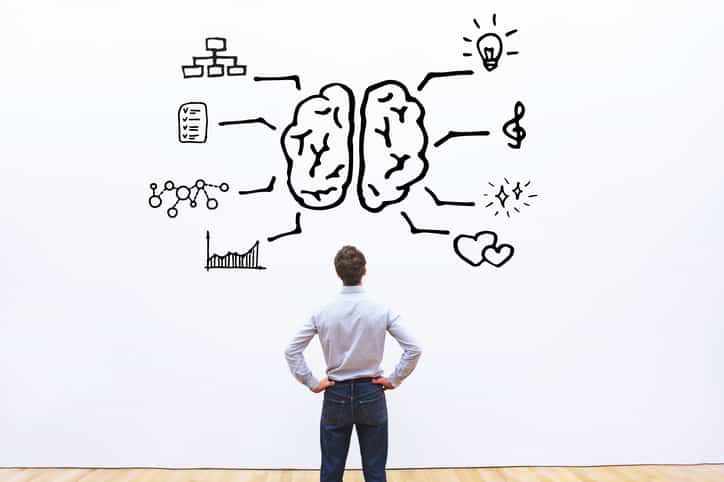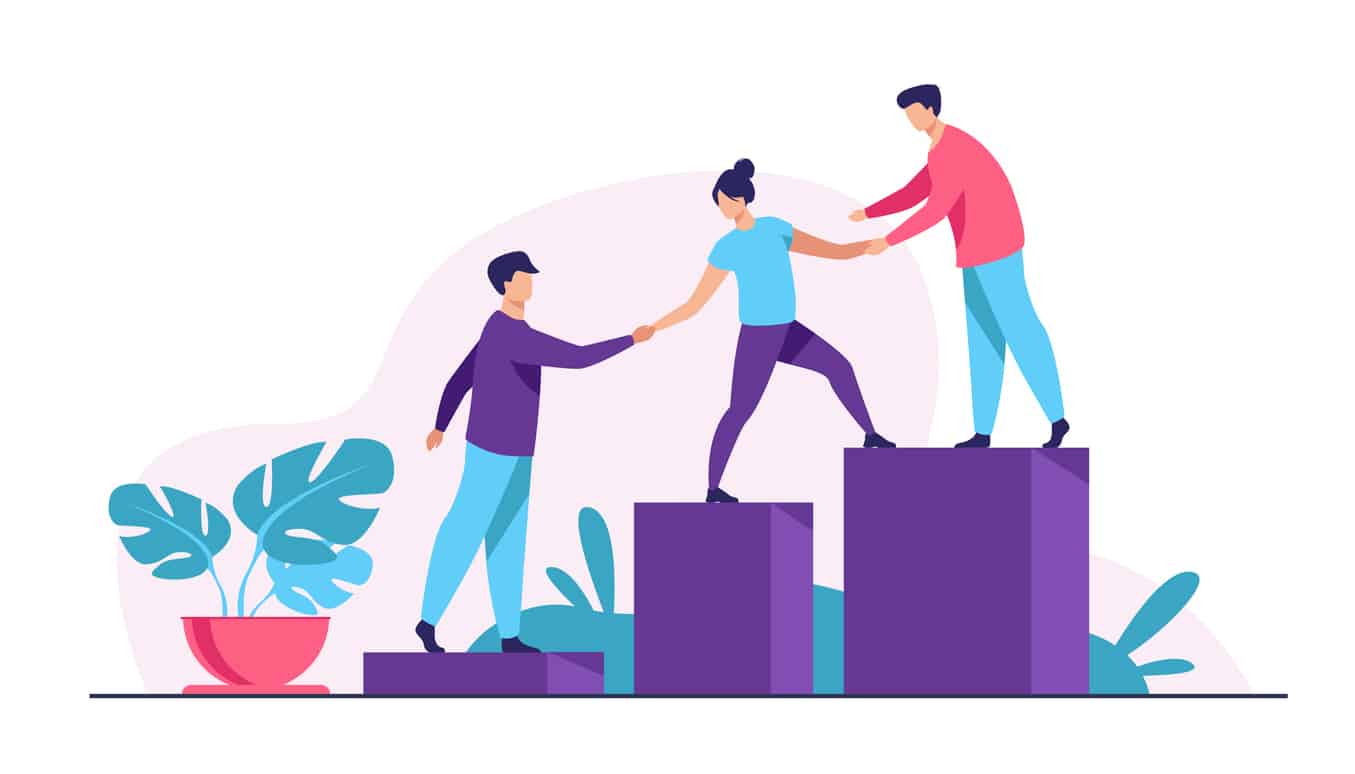What are Decision-making skills?
Decision-making skills can be the differences in making a choice that helps us to improve our organization or our future etc. The aptitude for making decisions is always a leadership trait that portrays our ability for thinking objectively to help us reach our goals. Our capacity for making quick decisions can help us to establish a strong bond with all the employees that strengthen our organizational culture.
These skills show our proficiency in choosing between the two or more alternatives. We can make decisions once we process all the information available to us and speak with the right points of contact that are involved in the situation. And therefore, it is important to identify the processes that help us to make the right decisions on behalf of the organization and make a concerted effort to uncover biases that also can affect the outcome.
Some of the decision-making skills are listed below.
- Problem-solving
Leaders employ their problem-solving skills for making critical decisions for the company. We need to factor in different viewpoints for considering the numerous variables and also be required to make a thoughtful decision. It is also necessary that we should separate the emotions from the conversations we have with people that will influence our decision making. The essence of having adept problem-solving skills is that we can formulate decisions quickly and also effectively. We need to research and pay close attention to all the details to match the facts with the situation we are addressing.
- Leadership
It is defined as the act of organizing several employees within the organization and good leadership that can establish a consensus about a particular decision. In that case, leadership involves working with the people for evaluating the present and motivating them for achieving the goals, once the decision is made. We should always make sure that we take the time to build a strong relationship with our coworkers so that we can get to know them and have them be comfortable speaking freely around us. The more we are engaged and personable, the higher the likelihood there is to work compatible with the team and also making productive choices that have a long-term impact.
- Reasoning
This will be one of the main skills needed to be informed about the decision we are making. We should make sure that we review all the advantages and disadvantages of the decisions that we consider taking action on. It is always the best way to reason with the present and plan for the future while staying objective and grounded during the process. We should consider all available and relevant points of data to help a stance about who we are making it with. We should always keep reasoning aligned with the people we trust and aim to stay committed to the goals that we are trying to achieve.
- Intuition
Intuition is nothing but deciding and trusting our instincts. Instincts come from the experiences we have witnessed in the past and the core values that drive us every day. These sum of experiences and the lessons we have learned from instincts factor into our decision-making. We always need to associate our instincts with the potential actions we can take to see if the decision is logical and actionable.
- Teamwork
We should always collaborate with our coworkers at some point to make a sound decision. It may be like; we may need to work with our marketing manager on the best way to work with the client and improve the results of their marketing campaign last quarter. We always use reasoning for breaking down the options to help the client to improve their campaign, so that a status report can give us the applicable data. After that we can weigh the possible key performance indicators that measure its success going forward. Overall, the ability to work with a team determines the results we earn and the number of people affected by the decisions our team made.
- Emotional intelligence.
Emotional intelligence makes us be critically aware of our emotions, and we can express them in a way that encourages action. Our emotions should always have to lay the groundwork for our inspiration regarding a specific cause or mission that motivates us. The way we analyze data on the subject matter is always going to dictate how well-informed we are when making our final decision.
- Creativity
Creativity harnesses our logical and emotional thinking for generating a unique solution. We need to have trusted employees within the organization for exchanging ideas to come up with short and long-term solutions. We can always use our own creativity to frame the conversations that we have with the employees during meetings and the amount of time allocated to ensure that everyone’s voice is heard. Therefore, we can have weekly brainstorming sessions to maximize employees’ creativity for gaining noteworthy input.
- Time management
Decisions always need to be made quickly, hence we should outline the amount of time we have to make our decision. We have to work within the confines of our situation, but time management allows us to structure so that we can make a decision. In case we need to decide by the end of a week or a day, we can spend the time on each stage of the decision-making process including possible actions and the solutions that are proposed to be taken.
- Organization
The organization plays a vital role in making a final decision. We should use this skill to find out what results we are looking for and if it is a top priority. If we are giving surveys about the product, the priority is to gain feedback from the target audience and see if we are using the current user persona in order to market the campaign.
- Cognitive Bias
Inherent bias or cognitive bias can both disrupt and distort the decision-making process. The most common biases include confirmation, anchoring, the halo effect, and over-confidence.
- Confirmation
Confirmation is when a decision is made that the maker will seek out evidence that confirms their previously held belief, while discounting any evidence in support of other conclusions.
- Anchoring
This is the over-reliance on a single piece of the evidence or the experience for reaching certain judgements.
- The halo effect.
It is an overall impression of the company, individual brand or the product that has a direct impact on the individual’s feelings and thoughts.
- Overconfidence.
This occurs when someone overestimates how reliable our judgements are.
- Collaboration
Decisions cannot always be made by one person. We always need to have good collaboration skills to make the best decision sometimes that can always be a group. Even when we are about to make a decision on our own, getting extra input from friends or coworkers who can help us brainstorm the best outcome. Collaboration is our friend, where both of us need to make a group decision and when we are the one responsible for making the decision.
- Logical reasoning
Logical reasoning is the skill that is the key for the middle steps of the decision-making process. We are able to fully evaluate and analyze the information, options, and decisions that make our decision together. This is the skill that is more closely related to reasoning, the side of decision-making that relies on facts and figures instead of emotions.
How to improve decision-making skills?
There are some points which we have can use for improving our decision-making skills:
- Identify the situation.
Problems are to be recognized by any member of the organization. We should always report to the department manager or human resources depending on the seriousness. The executive team may also be informed that it is tied to the long-term goals that they set out. Scheduling a meeting with all the parties involved first before proceeding with informing the rest of the organization.
- Note potential solutions or actions.
Document all the possible solutions for the problem in front of us and keep a record of them. Listing them in front of our team during a meeting, so that they can actively participate in the process. It should also be sent an email to keep a record of it for themselves. Once all the solutions have been listed, the list potential action items to all the team members for executing the decision agreed upon.
- Listing the advantages and disadvantages of each option.
We should discuss the pros and cons extensively to see that options can proceed to the decision-making stage. We should consider taking our own time and also for calculating the pros and cons wisely to see whether it matches our goals and KPIs that measures our success.
- Choosing the decisions that we want to proceed with and measure the results.
Think of the decisions that we make as one with a short and long-term impact. The good news is we always learn from the decisions that we make, so we should track the performance of the decision to align the outcome with all the pros and cons that we have listed.







